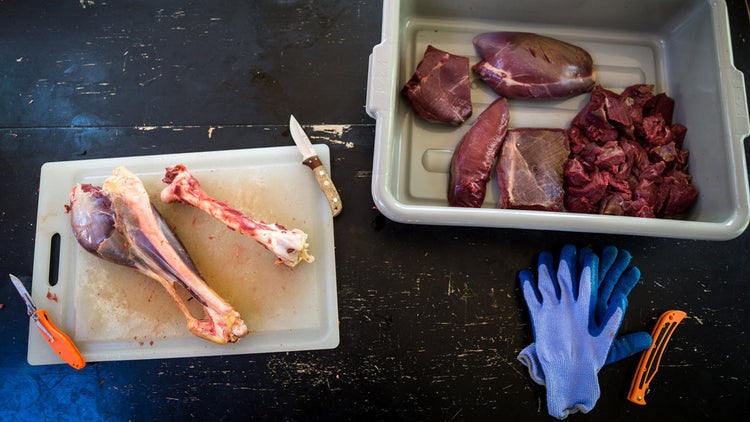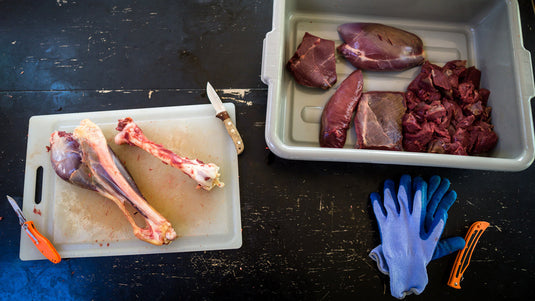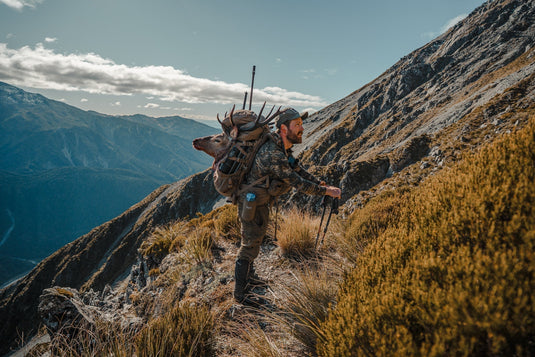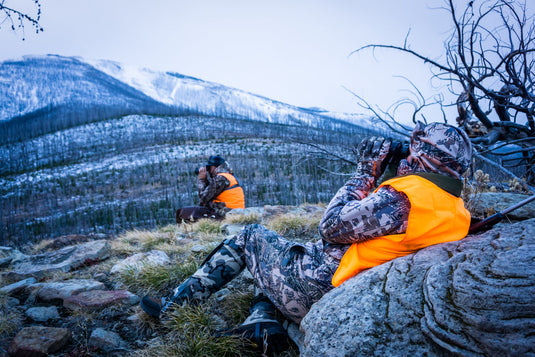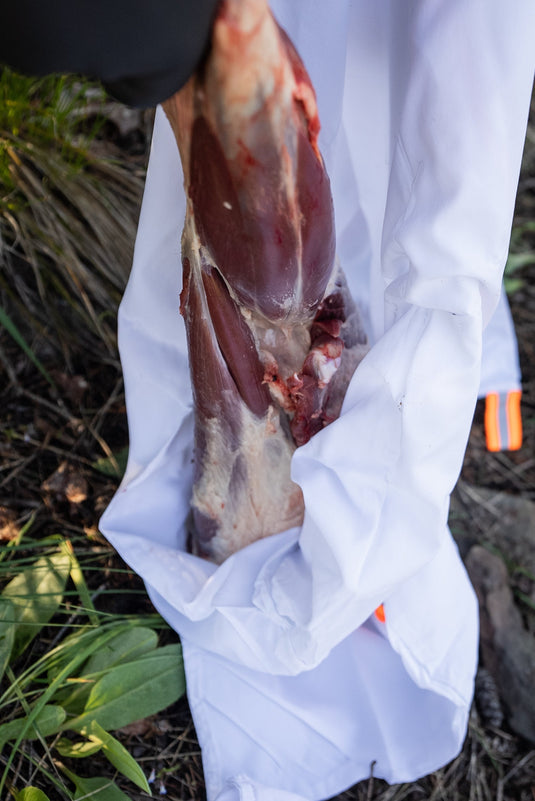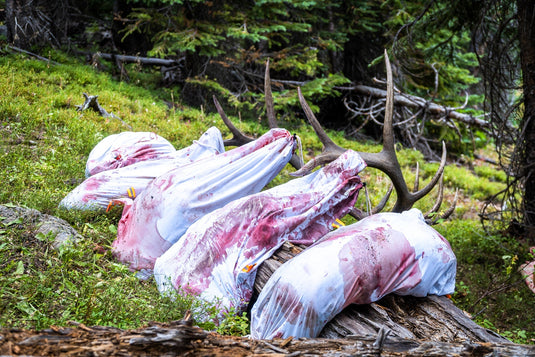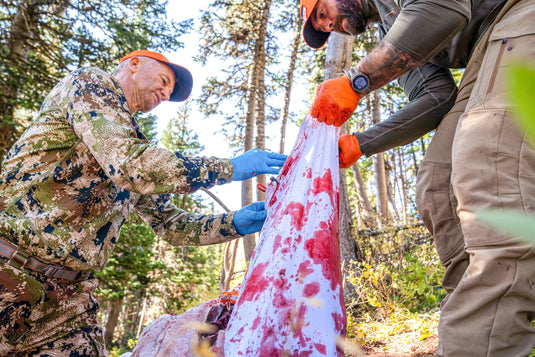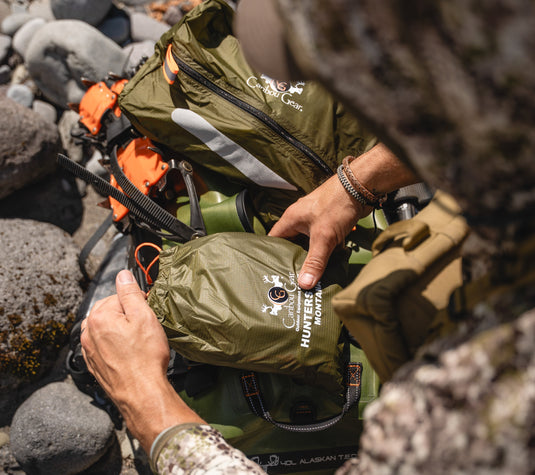When the Woods Go Quiet: The Growing Threat to America’s Deer Herds
By the Caribou Gear Team • Conservation & Fieldcraft
There’s a silence spreading through the hardwoods this fall—not from lack of hunters, but from what’s happening to the deer themselves. Across parts of the country, outdoorsmen and women are seeing what none of us ever want to find: fallen whitetails, sometimes in groups, victims of a sickness that’s leaving its mark on the herds and on the rural economies that depend on them.
Two names every serious hunter should know: Chronic Wasting Disease (CWD) and Epizootic Hemorrhagic Disease (EHD). One moves slow and relentless; the other hits fast and hard. Either way, the result is the same—pressure on our deer, uncertainty for our seasons, and a renewed responsibility for all of us who love the hunt.
Nature’s Balance—and the Breaking Point
CWD is a prion disease—passed through saliva, urine, and blood—that erodes a deer’s nervous system. There’s no vaccine and no cure. EHD is carried by biting midges that thrive around warm, muddy water sources; deer can succumb within days of infection. When drought concentrates animals at fewer water holes or mild winters fail to knock back insects, disease finds its opening.
For generations, hunters relied on the steady cadence of the seasons—frost, rain, and cold—to keep herds resilient. Today, the cadence is less predictable. That’s the new reality on the ground, and it demands we hunt smarter, cleaner, and more prepared than ever.
The Ripple Effect—from Timberline to Main Street
The toll isn’t measured only in deer. Outfitters cancel hunts. Mom-and-pop motels and meat processors lose bookings. When the deer stop moving, the dollars stop moving, too. Ethical hunters understand this connection instinctively: stewardship isn’t abstract—it’s the difference between a healthy season and an empty town square.
A Hunter’s Duty: Preparation and Respect
Preparation isn’t paranoia—it’s respect. Respect for the animal, for the meat, and for the next generation that will follow our tracks. Here’s how to operationalize clean, responsible field care when disease risk is in the conversation:
- Glove up and stage your kit. Wear disposable or washable gloves during field dressing and keep them in an outer pocket for fast access.
- Use a clean surface. Deploy a durable, washable tarp to minimize contamination and keep quarters out of the mud and off insect-heavy ground. See our Hunter’s Tarps collection.
- Bag smart, breathe better. Transport meat in breathable game bags (not plastic), and keep bags for quarters separate from trim to reduce cross-contact. A compact liner option: Hunter’s Tarp® / Meat Pack Liner.
- Manage the cold chain. Shade and airflow first; ice and drain-off second. Prioritize rapid cooling to lock in meat quality.
- Know your regs. Check state guidance on moving heads/spinal material from CWD areas and consider testing where available.
- Report what you see. If you encounter unusual behavior or multiple carcasses, notify your wildlife agency. Conservation starts with observation.
Gear That Underwrites Ethical Outcomes
Our products are engineered for this reality: unpredictable conditions that demand clean, efficient, and respectful harvests.
- Caribou Gear Game Bags — Breathable, tough, reusable. Built to keep your meat clean and cooling efficiently.
- Montana Hunter’s Tarp (7'x8') — A pack-weight work surface for field care and a multi-use camp asset.
- Rifle Shield™ (Rifle Cover) — Keeps your primary tool protected when weather and terrain won’t cooperate.
- Koyukon® Gear Duffels & Dry Bags — Organized, weatherproof transport from trailhead to home base.
Looking Ahead: Hope and Responsibility
The challenges are real—but so is the resilience of this community. Hunters have always been the first conservationists. Learn the signs, plan your kit, teach your partners and kids what “clean harvest” truly means, and we’ll keep the covenant that makes our seasons possible.
Every hunt begins with respect—for the animal, the land, and the future of both.
